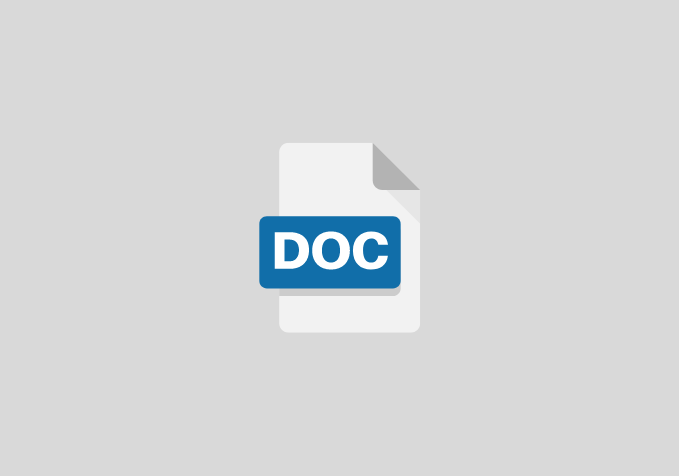A Proposal on Prevalence and the Impact of Language Skills in Learning Grammar in Junior Secondary Schools
CHAPTER ONE
Objective of the study
The following objectives will be assessed;
- To ascertain the impact of listening in learning grammar in junior secondary schools in Ife local government area of Osun state
- To ascertain the impact of speaking in learning of grammar in junior secondary schools in Ife local government in Osun state
- To ascertain the impact of reading in learning grammar in junior secondary schools in Ife local government of Osun state
CHAPTER TWO
REVIEW OF RELATED LITERATURE
Concept of language:
Language, like any other concept, has several definitions. This is, of course, due to the fact that people seem to view things from different perspectives. However, most definitions of language seem to have some similarities. This can be seen in some of the definitions of the concept:
“Language is the expression of ideas by means of speech-sounds combined into words. Words are combined into sentences, this combination answering to that of ideas into thoughts.” Henry Sweet
Bernard Bloch and George L. Trager, on the other hand, had this to say, “A language is a system of arbitrary vocal symbols by means of which a social group cooperates.”
Wikipedia, the online encyclopedia, defines the concept in the following words:
“A language is a system of signs for encoding and decoding information.”
“Language refers to the cognitive faculty that enables humans to learn and use systems of complex communication.”
All the above definitions tell us that language is a system of signs that we use in communicating with ourselves and with one another. The signs are speech-sounds, as illustrated by the first definition. However, language also has written signs which are the alphabets that we use in writing. Therefore, communication, in any language, is only possibe because of the linguistic symbols that function according to some rules and conventions.
CHAPTER THREE
RESEARCH DESIGN AND METHODOLOGY
The researcher used descriptive research survey design in building up this project work. The choice of this research design was considered appropriate because of its advantages of identifying attributes of a large population from a group of individuals. The design was suitable for the study as the study sought to prevalence and the impact off language skills in learning grammar in junior secondary schools.
CHAPTER FOUR
METHOD OF DATA ANALYSIS
The researcher will employ oral and direct interview in administering this research questions. Responses from the respondents were needed unlike questionnaires, which is less rewarding due to late receipt and loss of responses from respondents. The method of data analysis that will be used by the researcher is the simple percentage. More so, percentage and degrees of the responses will also be used in the analysis. Here, the ratio of those whose responses were not in the affirmative will be found and conclusions will be drawn there upon. Representations of the level of responses will be made in tabular form. The Statistical Package for Social Sciences (SPSS) software will be used to test the hypotheses.
References
- Abdel-Salam Abdel-Khalek El-Koumy (2002). Teaching and Learning English as a Foreign Language: A Comprehensive Approach, p.12. Suez Canal University, Egypt.
- Benson, P. & Voller, P. 1997. Autonomy and Independence in Language Learning. London: Longman.
- Bertelson, P. (1986). The onset of literacy: Liminal remarks. Cognition, 24, 1-30
- Brown, H.D. (1991). Breaking the language barrier: Creating your own pathway to success. Yarmouth, ME: Intercultural Press.
- Carrasquillo, A.L. (1993) Whole native language instruction for limited-English-proficient students. In Angela Carrasquillo and Carolyn Hedley (Eds.), Whole Language and the Bilingual Learner (pp.3-19). Norwood, NJ: Ablex Publishing Company.
- Chomsky, N. (1965). Aspects of theory syntax. Cambridge, MA: The M.I.T. Press.
- Dulay, H. , Burt, M., & Krashen, S. (1982). Language two. Oxford, UK: Oxford University Press.
- Farris, P. & Kaczmarski, D. (1988). Whole language, a closer look. Contemporary Education, 59(2), 77-81
- Freeman, D. & Freeman, Y. 1992). Whole Language for Second Language Learners. Portsmouth, NH: Heinemann.
- Gass, S.M., & Selinker, L. (2001). Second Language Acquisition: An Introductory Course. London, UK: Lawrence Erlbaum. Gough, P. & Tunmer, W. (1986). Decoding, reading, and reading disability. Remedial and Special Education, 7, 6-10.


